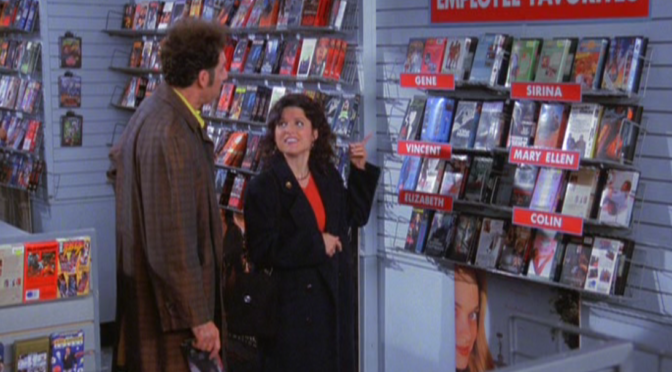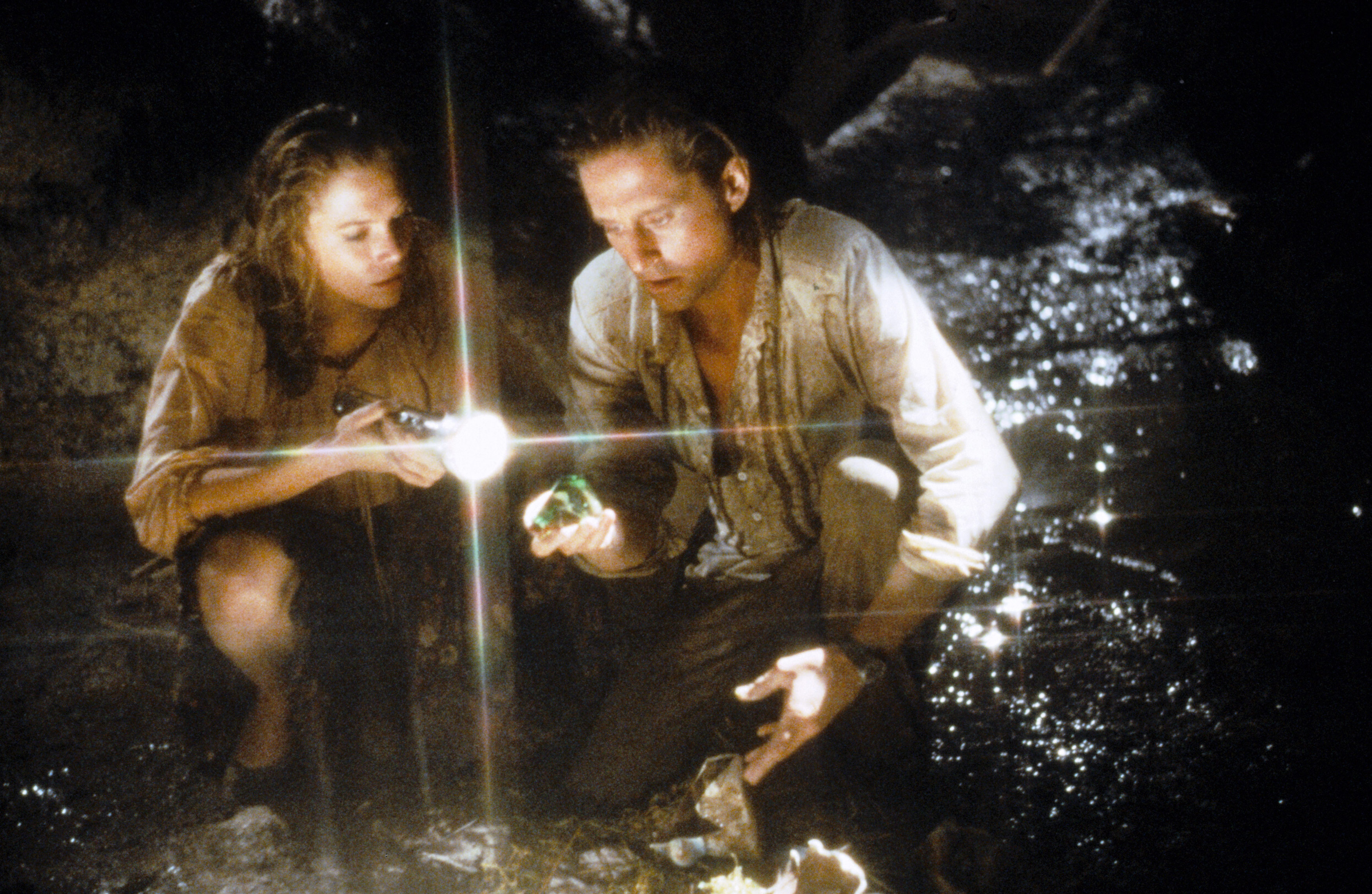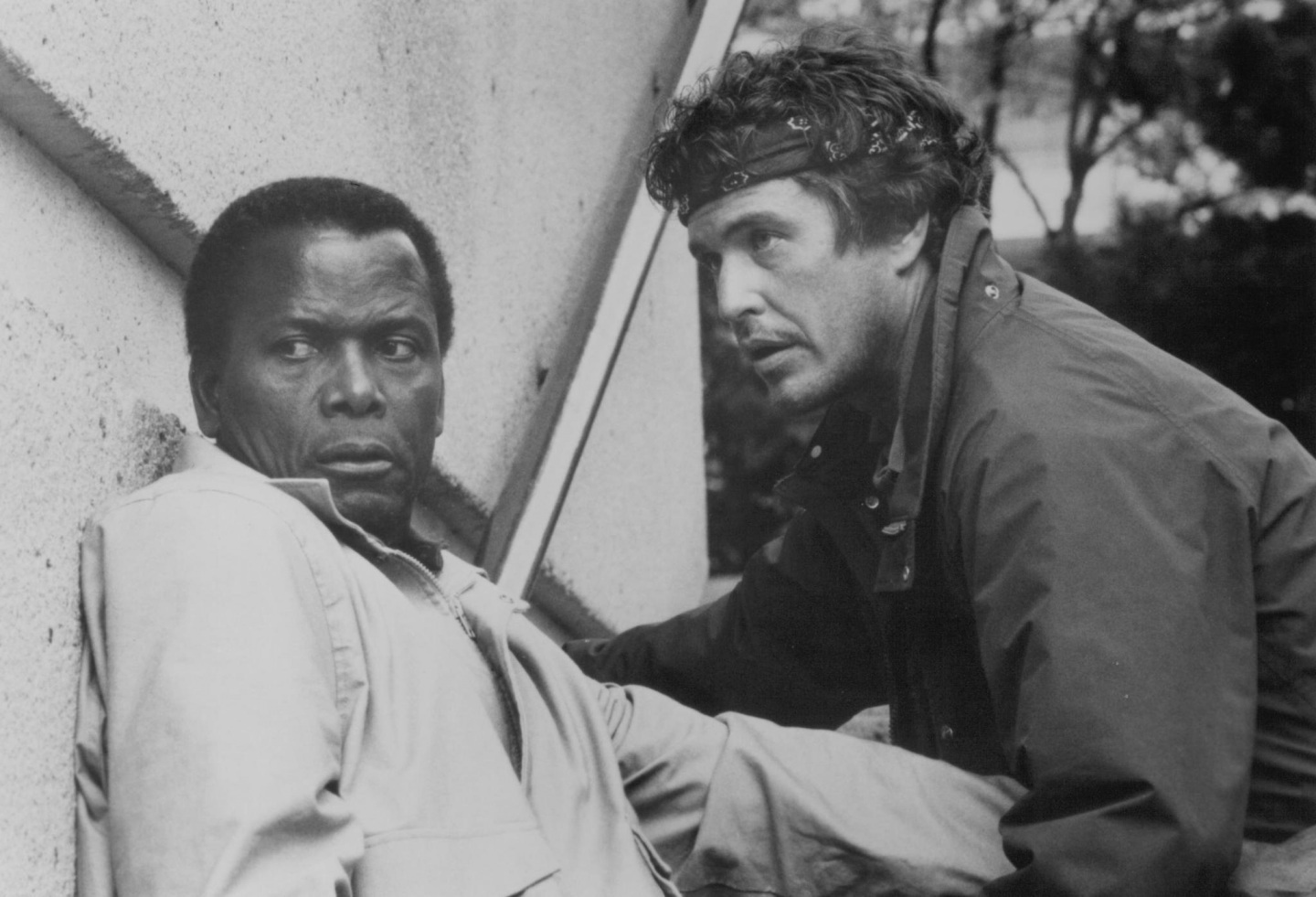I’ve been thinking about the war on physical media lately. And usually that’s trouble. I’ve been writing blog posts based on Netflix DVD arrivals. These are posts I’d have written normally, but because I feel indebted to physical media in some capacity I make sure to point out that I held the movie I watched in my hand before placing it in my region-free Blu-ray player and viewing it on my television.
Netflix
I’ve taken part in their push to maintain physical media relevancy in 2018 at the age of 20. I’ve indulged in their nostalgia and tried to get into the headspace of the 27-year-old me who made The Lake House (2006) his first ever Netflix DVD-by-mail rental. (Who am I kidding? I liked it. No guilt. It’s gonzo romance starring two of my favorite beautiful humans.)

I can’t help but think that they’re mocking me, however, with that ‘Nice choice!” crack. I see you Netflix. I know what you’re doing. I’ll see your smarmy judgment and order the movie on SwapaDVD.com. I’ve got extra credits I can spare on statement purchases. I’m not bluffing! Here’s proof.

Still, I couldn’t have recalled that information on my own. The Lake House came as a bit of shock. I would have guessed Series 2 of Red Dwarf, something that would have predated 2006.

As I was saying before The Lake House derailed logical thought (as it tends to do because it’s about a magic mailbox!), I’ve been thinking about the necessity of physical media in this digital age. How the shifting methods of viewing movies have ushered in a world where otherwise sane humans find it perfectly normal to watch entire movies on their phone… when they’re not even on an airplane or at the gym! They choose this method.
Physical Media
The war on physical media is part of a systemic degradation of the film viewing experience — from the cheapening of theatrical exhibition to the general unavailability of films made before 2000 on streaming media. (FilmStruck excepted, of course.)
Dozens of streaming services have popped up, hooking viewers with the promise of unlimited entertainment at their fingertips. Netflix streaming, in fact, would probably have to stand up as the most prominent perpetuator of this myth. And the “everything available all the time” promise of streaming is indeed a myth. You could subscribe to every service imaginable — Netflix, FilmStruck, Shudder, HBOGo, Hulu, etc, etc. — and still barely scratch the service.
Check out the info graphic below and see if you can come out of that experience sober.

The demise of the brick and mortar video store (likely by the hand of Netflix DVD delivery, so that’s a little slice of irony for this meditation) has left a kind of void for moviewatchers of a certain age, those of us old enough to remember the unlimited possibility of the video store.

Gene’s Picks
Streaming services, by and large, require pre-existing notions from viewers. Netflix streaming likes to tell us “Because you watched Glow,” here are twenty other Netflix shows you’ll want to watch. It’s the algorithmic replacement for “Gene’s picks” at our local video store, only Gene didn’t have a financial stake in the number of eyes that watched Weekend at Bernie’s II. Gene placed Weekend at Bernie’s II on that shelf because he liked Weekend at Bernie’s II. Full stop.
When I walked into my local video store, I often didn’t have any idea what I wanted to rent. Sure I had ideas, but I certainly couldn’t guarantee any of those dreams would be in stock. You had no idea what kind of movie would walk out of that video store with you. I browsed the new releases and then wandered the shelves. Some of my most profoundly affecting movie experiences happened as a result of chance rentals.
My first viewing of Suspiria, for example, was inspired by an impulse viewing after seeing the VHS cover at my video store. I rented movies based on VHS covers. I rented movies because “how the hell did this get made?” and because I was there, and they were there, and because what else was I going to do?

It was the golden age of discovery, the video store culture, Gene’s picks, chatting up folks who worked as local programmers, tossing rarities on TV/VCR combos behind the counter. It was the age of absurd home video artwork slapped on top of low-budget, direct-to-video offerings clamoring for your attention. We’ve lost all this and for a not insignificant number of movie fans, the near extinction of the local video store felt like a death in the family.
(A vivid memory is the week my wife and I became obsessed with Freaks & Geeks right when it hit first DVD and trying three different video stores to find the third disc because there was a “short wait” from Netflix. I will not wait, thank you very much!)

The Future of Physical Media
Mail-to-home DVD services might have been the beginning of the end of mom-and-pop video, but it wasn’t until the proliferation of streaming services that people decided, once and for all, that it was just easier to stay in their pajamas and watch whatever was digitally available — whatever the gatekeepers chose to make available at that particular moment in time.
Some of this gatekeeping took place during the video store-era when Blockbuster made it store policy to not stock unrated or NC-17 films to preserve their family-friendly pretense. This resulted in a de facto censorship practice that prevented many innocent films from finding an audience, undermined the relevance of NC-17 and unfairly discriminated against non-pornographic sexual content. But I digress.
The common and wrongheaded idea that the method of watching movies is not important has made life for physical media increasingly difficult in 2018. The quality of streaming differs wildly and is based on factors far outside the control of the original filmmakers. Pixellation, compressed audio. When studios determine that it’s fiscally prudent to eliminate physical media based on your closely tracked digital moviewatching habits, DVDs will go the way of the Laserdisc.

I don’t intend to state the obvious, but some people need to hear it, The impact of watching Stanley Kubrick’s 2001 on your phone is not the same was viewing it in 70mm on an IMAX screen. People have said this very thing to me. My argument isn’t based on opinion. It’s 100% fact that your emotional and psychological proximity to the screen is less distant when there are no distractions and the screen extends beyond your standard field of vision. You can say you’ve watched a movie on your phone, but you won’t have felt that film. You won’t have identified with that film on any level beyond the activity of holding your phone and being a click away from your next Snapchat session.
As far as home video is concerned, physical media such as DVDs and Blu-rays and UHDs provide the best experience and broadest catalog of available films. Due to the nature of film rights and distribution, no streaming service could ever compare. Don’t get me wrong, I enjoy how streaming can supplement my ever-increasing home library, but it will never be my main source of entertainment. My stand in the war on physical media will end when you pry these cases out of my cold dead hands.

This is why it’s still important to support physical media in all of its forms, whether its through a Netflix DVD-by-mail service, by renting locally (if you’re lucky enough to have such a store still available to you) or by purchasing new Blu-rays and DVDs from distributors that give a goddamn. Special mention goes out to the fine folks at Criterion, Warner Archive, Kino Lorber, Twilight Time, Olive Films, Arrow, Shout Factory, and Mondo Macabro and Eureka and Indicator in the UK among many others who still restore and release important films for purchase.
I can have this beloved copy of Little Murders (1971). I can hold it in my hand and put it on my shelf to view whenever the need arises. (Side note: Watch Alan Arkin’s Little Murders.)

So even though I wish Netflix expanded their available catalog (it stops well short of including releases from many of the above-mentioned niche distributors), it’s still a service worth supporting because they are, by sending out thousands of little red envelopes, fighting on the side of good in the war on physical media.

James David Patrick is a writer. He’s written just about everything at some point or another. Follow his blog at www.thirtyhertzrumble.com and find him on Twitter, Instagram, and Facebook.
Disclaimer: I earn rewards from DVD.Netflix.com, which has thousands of movies to choose from, many that you won’t find on streaming services. I do this because the availability of physical media is important. The popular streaming notion of “everything available all the time” is a myth. We are always our own best curators. #PhysicalMedia #DVDNation #ad




